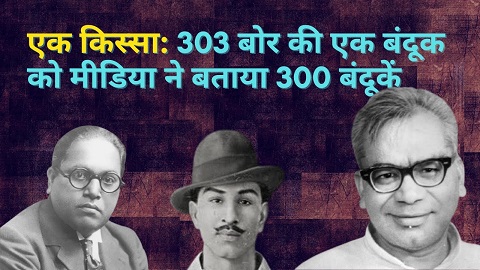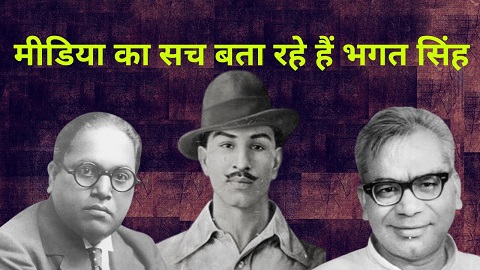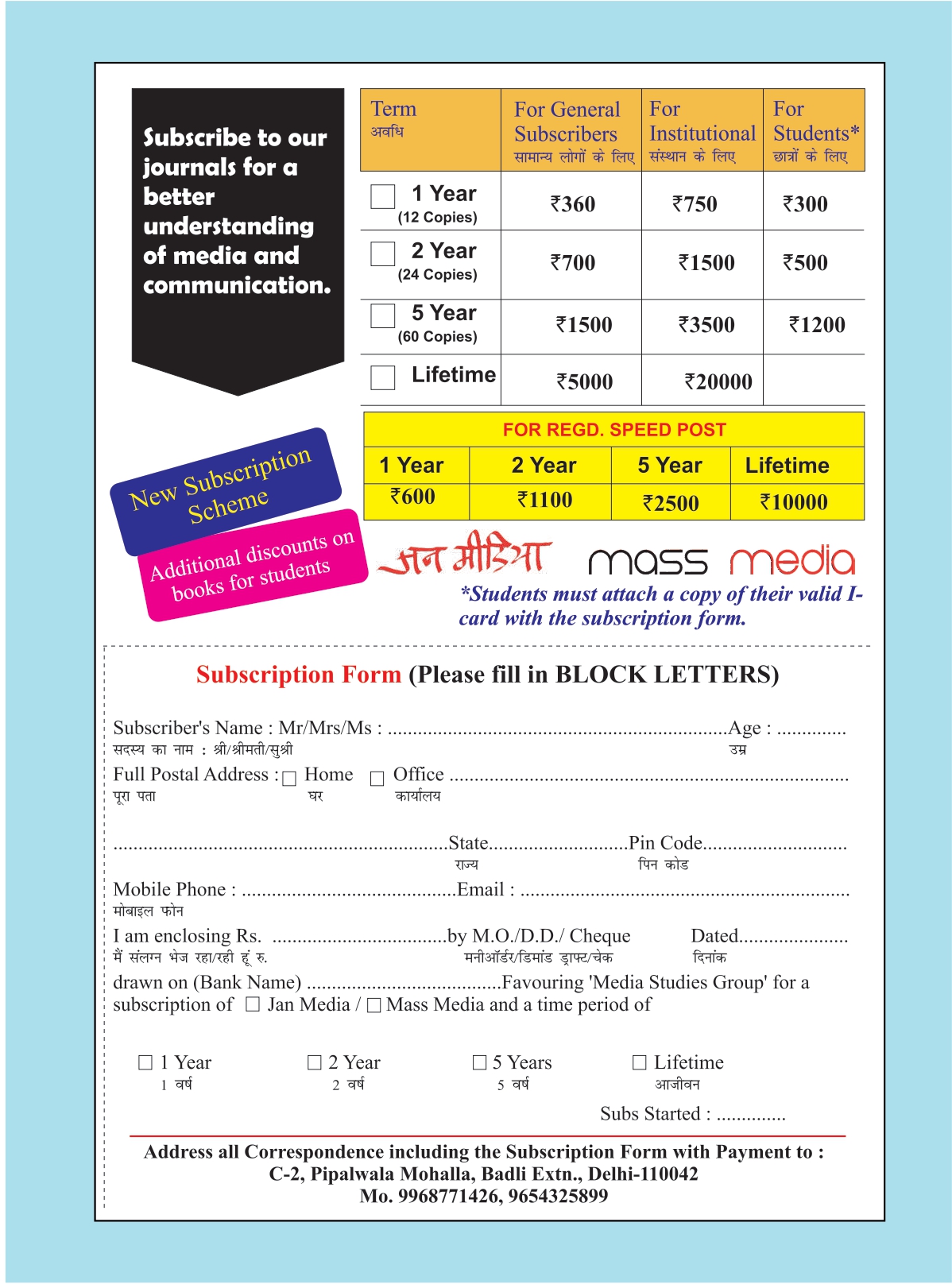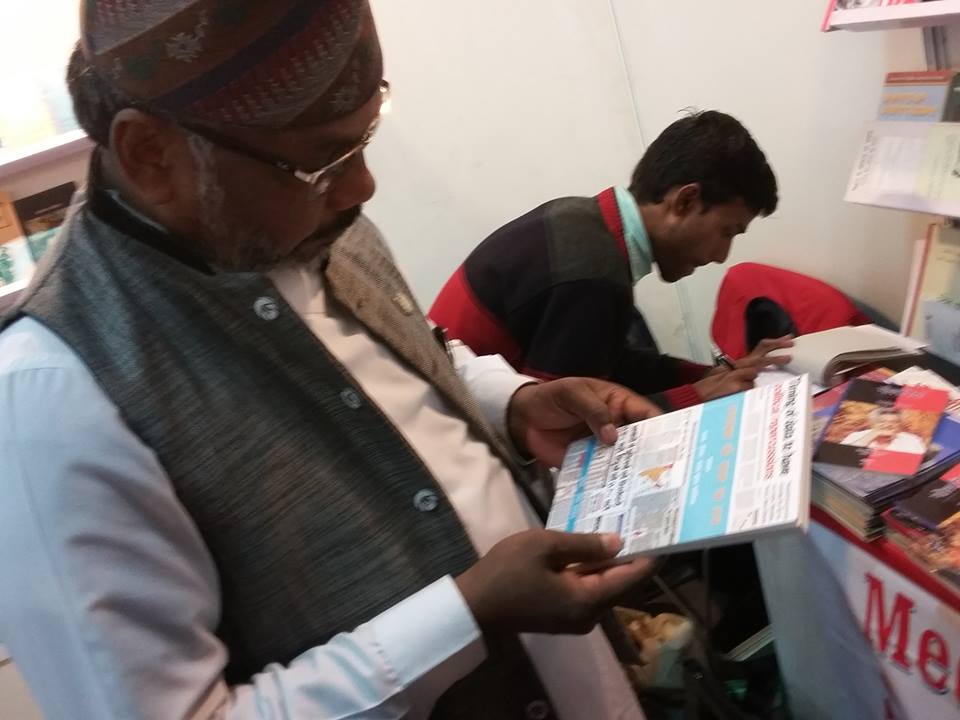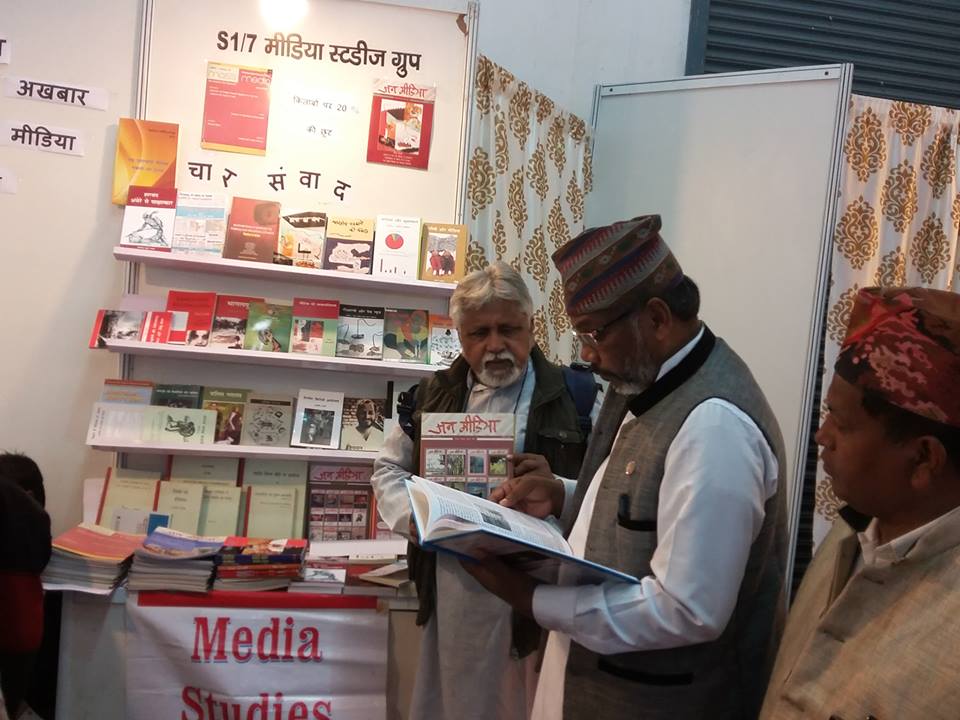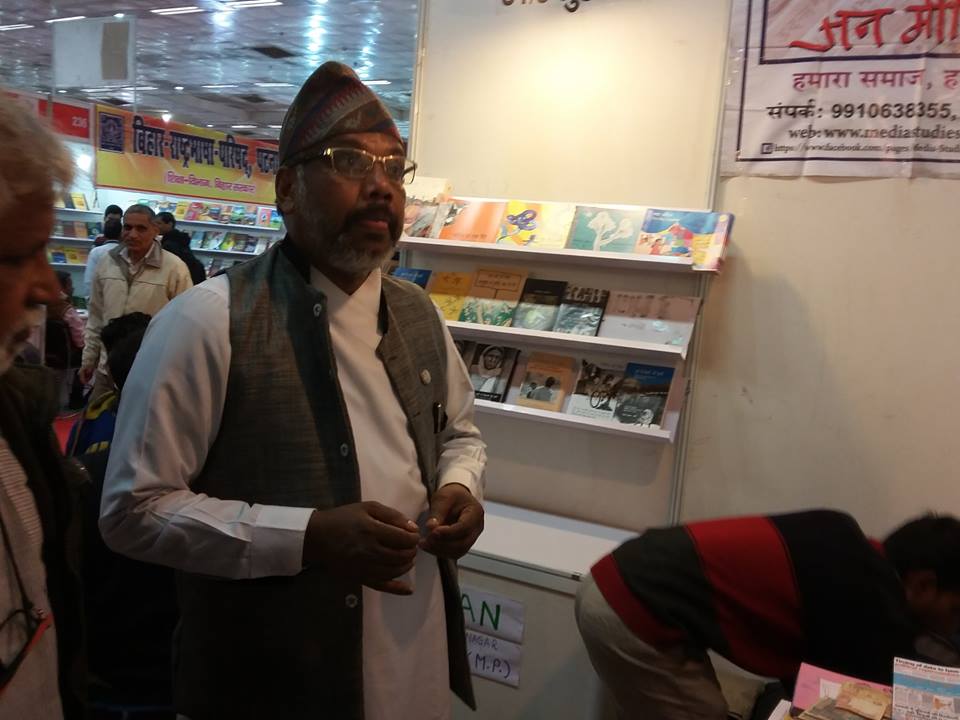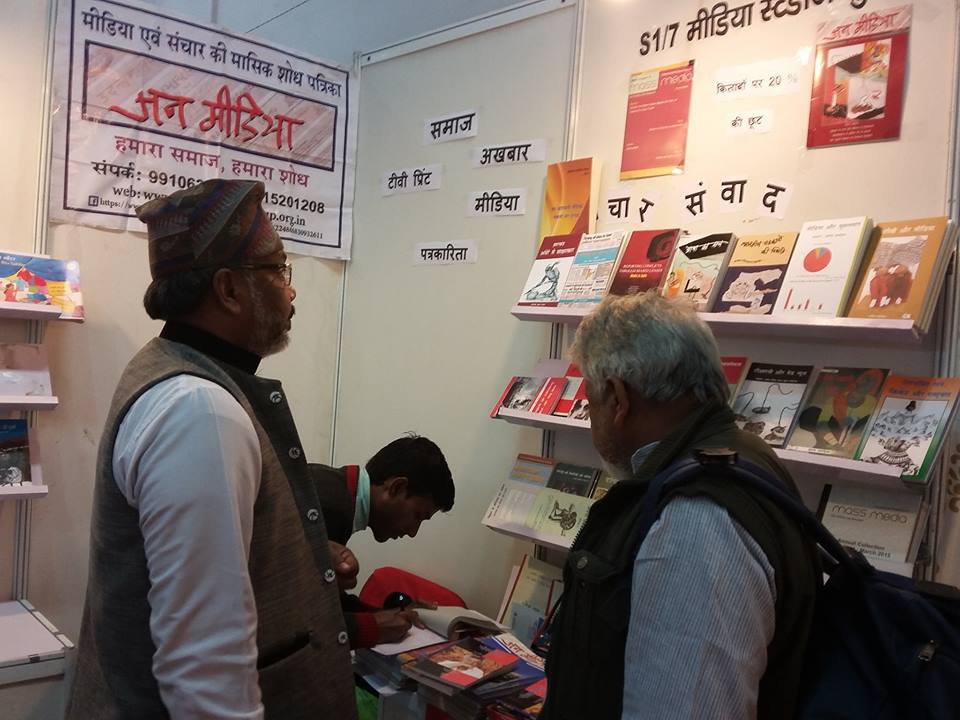Jaishri Jethwaney
Jethwaney, J. (2024). Corporate Communication: Concepts and Practice. Taylor & Francis.
From the renowned teacher and author of best-selling books on Advertising Management and Public Relations, came this one on Corporate Communication in 2010. Anyone who has studied Mass Media or Ad Management has sure used one of Jaishree Jethwaney’s books to develop a love and understanding of the subject. It has helped you pass exams is a prized residue of the effort.
The author claims to have specially designed this book for the students of mass communication and business schools. Hence, let’s first of all, find out if it is an ideal student text book. At the look of it, it seems to be. Each chapter starts with Objectives that tell you what gain to expect after reading it and concludes with review questions to check your progress, a Critical Thinking Exercise and a Project Work to make you apply the concepts gathered. The references for consultation and further reading are provided at the end of each chapter respectively and not clubbed in the book’s end where students seldom venture. The topic by topic division is intercepted with case studies and statistical date where and when needed to elucidate the topic. Introduction and Summary make taking notes easier and the Key Terms section serves as a ready reckoner for difficult and essential definitions and phrases. A little grey box in every subsection tells you what to expect here. Isn’t this the manner we have been making our exam notes? Bingo! So here is an exam type book that comes to your rescue the night before the D Day. And don’t go by its thickness, the good paper quality used by OUP makes it light and easy to carry around from the library to the class and around.
Now a further look at the contents of this 432 page reckoner tells us it is indeed an elaborate study material on the subject. The book uses a lot of real life recent examples and cases to elucidate its conceptions. Aptly justifying its title ‘Corporate Communication: Principles and Practice’, the theory and application are interwoven. The downside? It is too course based and classroom teaching type to serves a reference for professionals. which it might have been intended to be. The step by step learning approach adopted makes it an ideal study material but not a reading text used for pleasure. You can’t just run through it like a racy text. But then it’s OK, not every audience can be catered to by one single book. Owing to its balanced approach, it primarily benefits mass communication and public relations students.
Divided into twelve sections, the paperback covers almost all the topics that a University Course on Corp Comm would/ could possibly have. Having taught for years at the Indian Institute of Mass Communication and as she mentions in the acknowledgement, taken full courses on the subject in various other Institutions, Professor Jethwaney probably understands aptly what the students want, what they should be taught, how the concepts need to be brought to them in an interesting manner.
The modern-day tools of the latest version of MS Word lends a pleasant and easily surf-able typography. Bullets, Text Boxes, Column Divisions, Tables, Highlighters, Caps and small letters appropriately stress the points when and where required. Usually we see books written in the same font running from beginning to end and I even thought this is the best way as it provides uniformity and unity to a text being composed and later read. However, this book ditches this age old wisdom to apply different fonts both in terms of size and type to highlight when it needs. Even the spacing changes from single to double to multiple, still remaining loyal to the integrity segment of appeal.
Well, the design, the style, the composition and the cover page that uses different hues of green aesthetically are impressive yet the show stealer is the content. A mention of the chapter titles would make this evident:
The reader starts with ‘Understanding Corporate Communication’ which serves as the first baby step in the new world of this subject. The what, where evolved, why needed, definitions, functions are covered; and then the almost ready learner proceeds to ‘Media- Dynamics and Strategies’ which indicates clearly the need of a third party endorsement in the changing media scene in India. Issues of Measurement, Credibility, Reach, Accessibility are explained at length. The methods, needs and ways of Corporate Identity, Corporate Advertising, Image Repair, Branding the image come under ‘Corporate Reputation Management’ intercepted by real life case studies like Nike and Greenpeace Shake, Mattel’s Toxic Toys, i-phone Price Reduction, The Dell Story, Walmart, Cadbury- Worms, Mc Donalds Beef Fries, Hong Kong Disney Case etc etc. Also taglines, corporate campaign analysis of the likes of Jaago Re, Lead India, Teach India make this chapter one of the most interesting ones. Hasn’t it started raising your curiosity already?
‘Employee Communication’ deals elaborately with the genesis, methods, crisis, innovations in use while communicating with the internal publics. The next four chapters talk of the importance of Lobbying and the way the Associations function in ‘Managing Government Relations’; Effective ways and tools for ‘Writing for Media and Media Relations’; ‘Corporate Communication in Brand Promotion’ and dispel the myths about ‘Corporate Social Responsibility’ detailing how it is a business imperative and a philanthropic act at the same time. Capital Market, Mutual Funds, Trade Media form the next on ‘Financial Communication’. It pays special attention to practices followed by various countries with respect to Corporate Social Responsibility and explores the growth of Financial Communication in Indian financial systems and the financial media.
‘Crisis Communication’ is integral to any communication in the corporates and also otherwise and so is it to this book. This chapter is marked by detailed researches thus paving the way for the next on ‘Corporate Communication Research’ which deals broadly with the research understanding, tools and methods required by you in this field without sounding like a Bible on Research. The section on ‘Laws and Ethics in Corporate Communication’ is enriched by the detailed Codes by ICCO, Business Standard and others included in the Annexures.
A befitted Index concludes the book which has the ability to fetch you great grades if you are studying Corporate Communication in your B School and if you are not, then this book has a sure capacity to prompt you to take up the subject.
Reference: Jethwaney, J. (2010). Corporate communication: Principles and practice. Oxford University Press.


